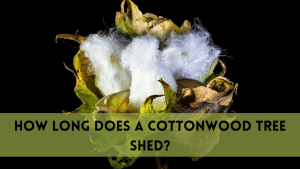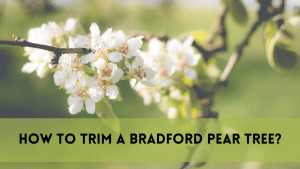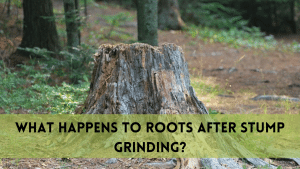Beehives in trees can pose a risk to both humans and the bees themselves. It’s crucial to remove them safely, preserving the well-being of the bees and avoiding any potential stings. In this comprehensive guide, we’ll explore the proper techniques for removing a beehive from a tree, the tools you’ll need, safety precautions, and some frequently asked questions to ensure a successful and humane process.
How to Remove Beehive from Tree: Step-by-Step Guide
Step 1: Assess the Situation
Before you attempt to remove the beehive, carefully evaluate the hive’s size, location, and the type of bees it houses. This assessment will help you determine the best approach and the necessary precautions to take.
Step 2: Wear Protective Gear
Safety is paramount when dealing with bees. Wear a full beekeeping suit, gloves, a hat with a veil, and sturdy, closed-toe shoes. This gear will protect you from bee stings.
Step 3: Gather Necessary Tools
Prepare the essential tools for the removal process:
– **Bee Smoker:** Use smoke to calm the bees and make them less aggressive.
– **Hive Tool:** A tool designed for prying apart hive components.
– **Bee Brush:** A soft brush to gently remove bees from the hive.
– **Ladder or Lift:** Depending on the hive’s height, you might need a ladder or lift to reach it safely.
– **Sealable Container:** You’ll need a container to house the bees temporarily during the removal process.
Step 4: Wait for the Right Time
Choose a time when the bees are less active, usually early morning or late evening. Bees are more likely to be inside the hive during these periods, making removal easier.
Step 5: Use Smoke
Gently puff smoke around the entrance of the hive to calm the bees. This will make them less defensive and more cooperative during the removal.
Step 6: Carefully Remove the Hive
Using the hive tool, carefully separate the hive from the tree. Be gentle to avoid injuring the bees or damaging the hive. Use the bee brush to sweep bees away from the hive as you detach it.
Step 7: Place the Hive in a Container
Once the hive is detached, carefully place it in a sealable container. Ensure the container is well-ventilated, so the bees have access to air.
Step 8: Transport the Hive
Move the hive to a new location, preferably an apiary. This step is crucial for the bees’ survival and is an opportunity to promote pollination.
Step 9: Clean Up
Thoroughly clean the area where the hive was located, removing any remaining beeswax and honey residues. This prevents attracting new swarms to the same spot.
FAQs about Beehive Removal
Q: Are there any specific seasons for beehive removal?
A: Late fall or early spring are the best seasons for beehive removal when bee populations are lower, and the hive is less active.
Q: Can I remove a beehive without professional help?
A: While it’s possible for experienced individuals, it’s recommended to contact a local beekeeping association or professional beekeeper for assistance to ensure the safety of both you and the bees.
Q: What do I do if I get stung during the removal process?
A: If you get stung, quickly remove the stinger, clean the area, and apply a cold compress. If you experience severe allergic reactions, seek medical attention immediately.
Q: How can I prevent bees from returning to the same tree?
A: After removal, make sure to clean the area thoroughly and remove any remaining pheromones or honey to deter new swarms from being attracted to the same spot.
Q: Should I destroy the beehive after removal?
A: No, it’s important to preserve bee populations. Relocate the hive to an apiary or contact local beekeepers who can properly care for the bees.
Q: What if the hive is too high to reach safely?
A: If the hive is out of reach, it’s best to contact a professional beekeeper or removal service to ensure a safe and effective removal.
Conclusion
Removing a beehive from a tree is a delicate process that requires proper preparation, tools, and safety measures. By following this step-by-step guide, you can ensure a successful removal while safeguarding both yourself and the bee population. Remember to be respectful of these vital pollinators and consider involving local beekeepers in the process to promote their well-being.




